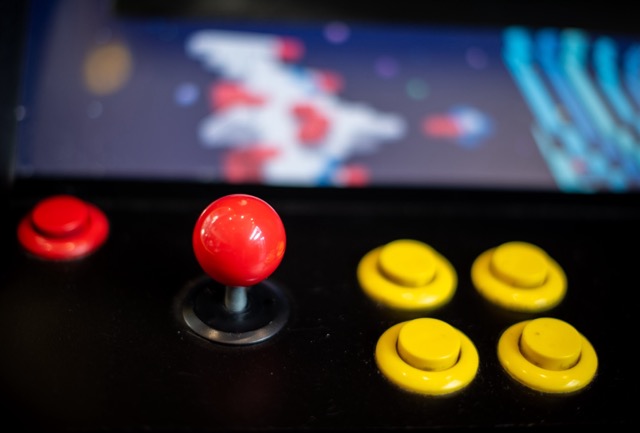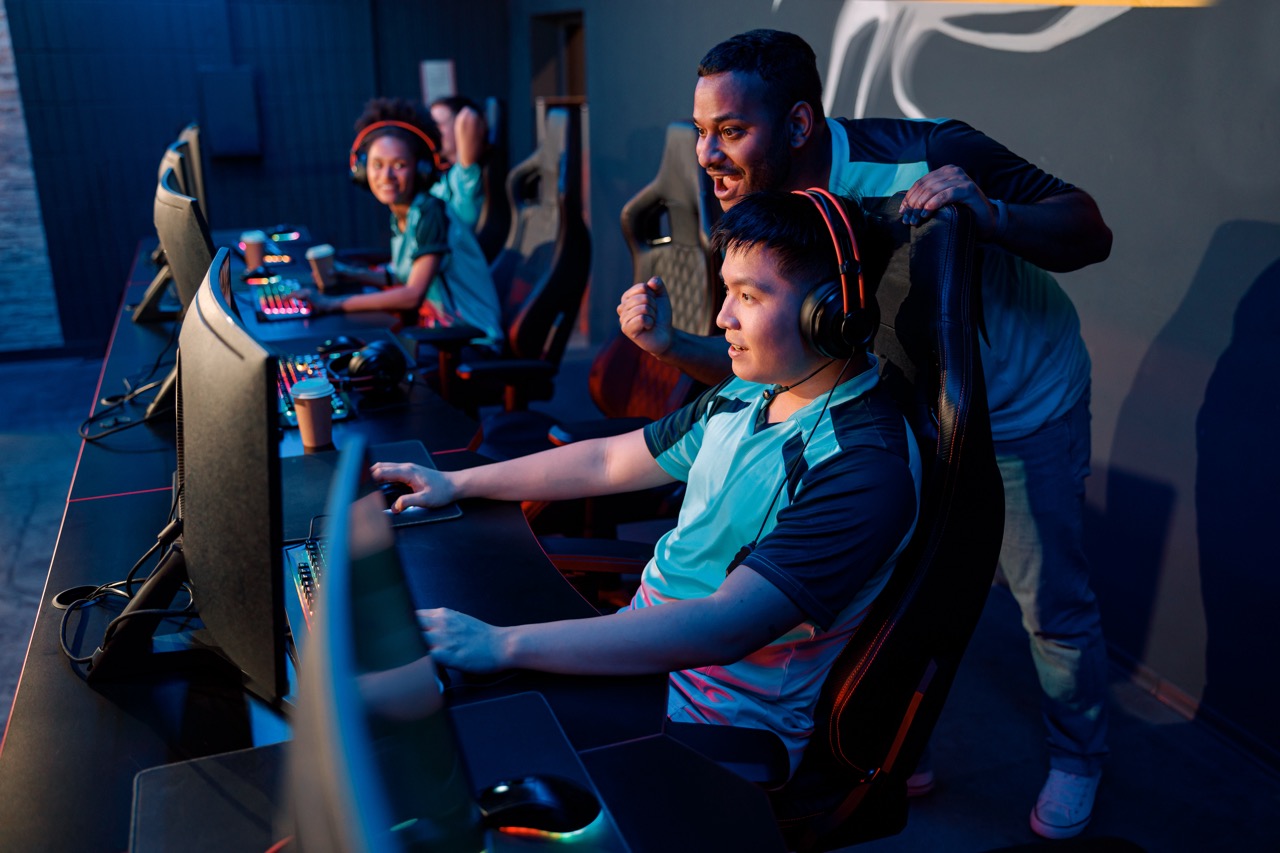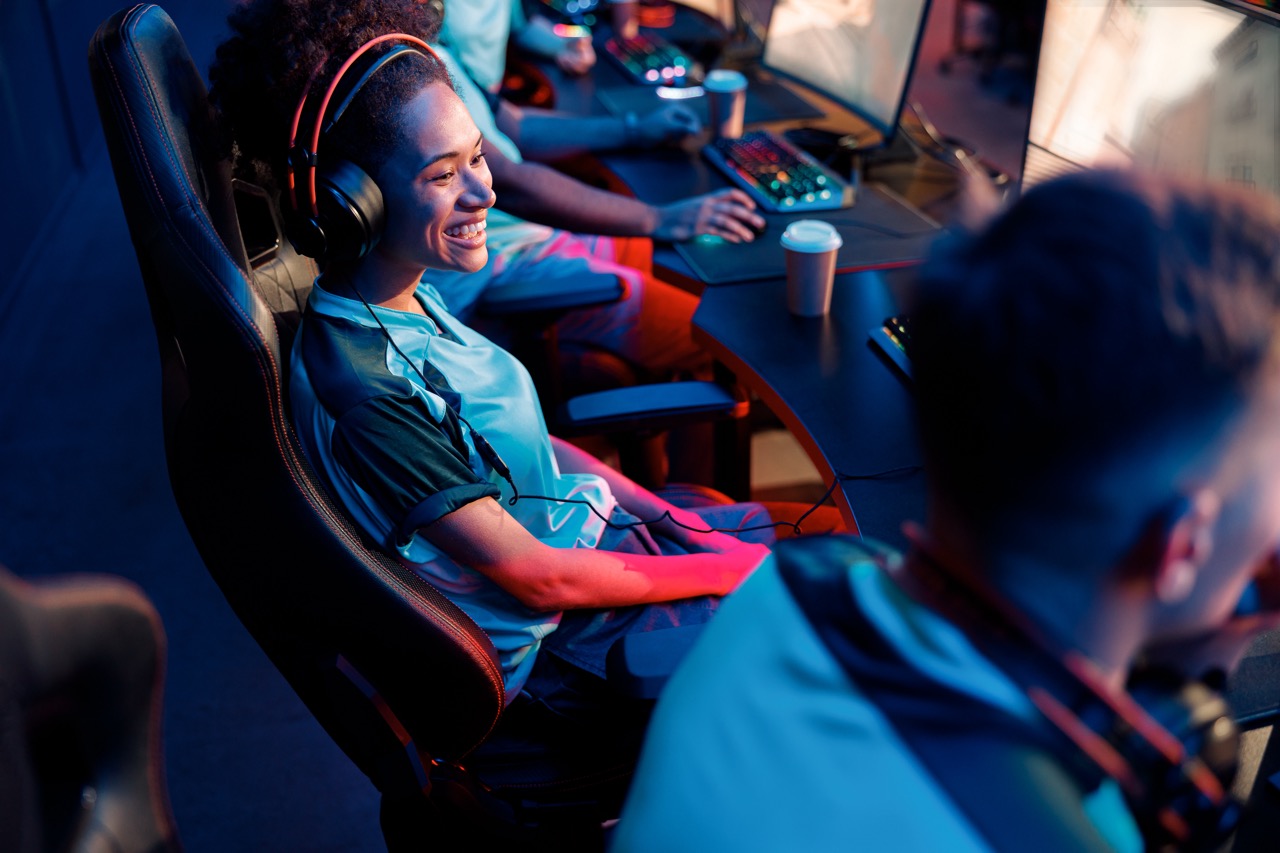Nostalgia is a powerful emotion, capable of transporting us back to simpler times when life was a little less complicated and a lot more pixelated. In recent years, it seems that retro games have exploded in popularity, capturing the hearts of both long-time fans and a new generation of gamers. But what exactly is the connection between nostalgia and the rise of these vintage games? In this article, we’ll dive into this phenomenon and explore why retro gaming is not just a fleeting trend but a thriving part of the gaming landscape today.
What’s the Deal with Retro Games and Nostalgia?
Nostalgia, in its simplest form, is a sentimental longing for the past. For many individuals who grew up in the ’80s and ’90s, video games were more than just entertainment; they were a significant part of their childhood. Titles like “Super Mario Bros.” and “The Legend of Zelda” are not just games; they are cherished memories. As technology has advanced, the allure of these classic titles has not diminished; instead, it has intensified, creating a unique blend of fondness and longing for the simplicity of old-school gaming.
Retro games are often characterized by their pixelated graphics, straightforward gameplay, and charming soundtracks, which evoke a sense of nostalgia that modern games sometimes lack. Developers have noticed this affinity and are resurrecting these classics, either through remakes or reboots. This revival taps into a collective memory that resonates with audiences, making retro games feel both familiar and fresh. It’s a nostalgic experience that allows players to relive their childhoods while introducing new players to the charming quirks of vintage gaming.
Moreover, the accessibility of retro games has never been better. Thanks to digital platforms, game collections, and even dedicated retro consoles, enthusiasts can easily revisit their favorite titles or discover them for the first time. This accessibility fosters a sense of community among gamers, as people from different generations come together to share their experiences and recommendations. Whether it’s a late-night binge on a classic console or a casual romp through a newly released retro-inspired game, the nostalgia factor is a compelling draw.
In essence, the connection between retro games and nostalgia is not only about the games themselves but also the emotions they evoke. They remind us of carefree moments spent with friends and family, creating a profound bond that transcends time. This emotional connection is a significant driver behind the ongoing popularity of retro games, making them more than just a trend—they are a heartfelt journey back to the past.
A Blast from the Past: Why We Love Old-School Games
Why do we find ourselves gravitating toward old-school games? Among the myriad reasons, the simplicity of the gameplay stands out. Retro games often feature straightforward mechanics, making them easy to pick up and play. In an era where many modern games are increasingly complex and often overwhelming, there’s something refreshing about a game that you can dive into without needing a tutorial or a manual. This simplicity allows players to focus on enjoyment rather than navigating convoluted systems.
Additionally, the charm of retro graphics plays a significant role in their appeal. The pixel art style, while basic by today’s standards, has a unique aesthetic that many find endearing. It brings a touch of creativity and imagination to the gaming experience—each pixel carrying a sense of nostalgia that high-definition graphics sometimes lack. The limitations of older hardware forced developers to think outside the box, resulting in unique gameplay experiences that resonate with players even today.
Retro games also come with a sense of authenticity that’s hard to replicate. They embody a spirit of innovation from a time when the gaming industry was still in its infancy, brimming with experimentation and originality. This originality translates to experiences that feel genuine and nostalgic. Whether it’s the quirky characters, memorable tunes, or the challenge of achieving high scores, these elements create a unique charm that modern games sometimes overlook.
Finally, there’s a social aspect to retro gaming that many players cherish. From heading to the arcade with friends to gathering around a console for a multiplayer session, old-school games often foster camaraderie and shared experiences. In a world increasingly dominated by online gaming, the physical and social nature of retro gaming holds a special place in the hearts of many. This blend of simplicity, charm, authenticity, and social interaction explains why we can’t resist the allure of retro games.
How Nostalgia Fuels the Retro Gaming Boom Today
The nostalgia that fuels the retro gaming boom today is a multifaceted phenomenon. Firstly, the advancement of technology has made it easier to access and experience classic titles. Emulators and digital storefronts, such as Steam and the Nintendo eShop, have opened the floodgates, allowing gamers to relive their childhood favorites without needing to sift through dusty basements or scour flea markets. These platforms have made retro gaming more mainstream, allowing a broader audience to partake in the nostalgia.
Moreover, the success of classic game reboots shows that nostalgia is not just a passing fancy; it’s a lucrative market. Companies like Capcom and Square Enix have capitalized on this trend, re-releasing beloved titles with modern graphics while maintaining their core gameplay. This approach not only appeals to older gamers but also introduces these classics to a new generation who may have never had the opportunity to play them. The successful reception of these projects serves as both validation and motivation for developers to explore further nostalgia-driven titles.
Social media plays a critical role in amplifying this nostalgia. Platforms like Instagram, TikTok, and Twitter are filled with images, fan art, and videos celebrating retro games and their impact on culture. Gamers share their experiences and memories, creating a communal sense of nostalgia that resonates widely. This online engagement provides a virtual space for players to reminisce, discuss, and even celebrate their favorite gaming moments, thereby reinforcing the retro gaming community.
Lastly, the culture of vintage gaming is also heavily influenced by the rise of streaming platforms. Channels dedicated to retro gaming have sprung up, allowing viewers to watch their favorite old-school games being played, often with humorous commentary. This has created a new wave of interest among younger audiences who may not have been exposed to these games growing up. As viewers tune in to these streams, they may find themselves intrigued by the gameplay and eager to explore the titles for themselves, further fueling the retro gaming boom.
The Rise of Vintage Consoles: Collectible or Trendy?
As retro gaming continues to captivate audiences, the rise of vintage consoles has become a significant aspect of this trend. Collecting retro consoles has become an exciting pastime for many, with enthusiasts hunting down classic systems like the Nintendo Entertainment System (NES), Sega Genesis, and even the original PlayStation. These consoles are not just pieces of gaming history; they represent a tangible connection to the past, making them highly sought after by collectors and gamers alike.
For some, collecting vintage consoles is about the thrill of the hunt. Scouring yard sales, thrift shops, and online marketplaces for hidden treasures has become a popular hobby. The excitement of unearthing a rare console or game is akin to a modern-day treasure hunt, and with each find, collectors deepen their connection to the gaming culture of yesteryear. However, this collecting spirit isn’t solely about nostalgia; it’s also an investment, as many vintage consoles and games appreciate in value over time, making them attractive to those looking to diversify their collections.
On the flip side, the trend of vintage consoles can also be attributed to the growing appeal of retro aesthetics. The retro look, with its nostalgic charm and simplicity, has become a fashion statement in its own right. Gamers adorn their living spaces with retro consoles, transforming them into eye-catching decor that sparks conversations and evokes fond memories. The vintage vibe has become trendy, with even some modern consoles incorporating retro designs and features, demonstrating that nostalgia can manifest in multiple ways.
However, the line between collectible and trendy can sometimes blur. While many collectors genuinely have a passion for old-school gaming, there’s also a burgeoning market driven by trends and social media hype. The influx of influencers showcasing their retro finds can lead to inflated prices and a surge in demand that may not be sustainable in the long run. As a result, it’s essential for collectors and gamers alike to navigate this landscape thoughtfully, ensuring that their love for retro gaming remains authentic and not merely a reaction to trends.
Modern Twists: New Games Channeling Retro Vibes
Amidst the resurgence of classic titles, modern game developers are also embracing retro vibes, creating new games that channel the spirit of old-school gaming. These contemporary titles often feature pixel art, chiptune music, and simple mechanics that hearken back to a bygone era while integrating modern gameplay elements. Developers are harnessing this nostalgic aesthetic to capture the attention of both seasoned gamers and newcomers alike.
Indie games, in particular, have become the champions of this retro revival. Titles like “Celeste,” “Shovel Knight,” and “Hollow Knight” have not only garnered critical acclaim but have also successfully fused nostalgic gameplay with innovative design. These games often pay homage to classic genres while introducing fresh narratives, resulting in an experience that feels both familiar and exciting. They demonstrate that embracing retro elements doesn’t mean sacrificing creativity or originality.
The rise of retro-inspired games has also sparked a renewed interest in genres that were once considered niche. Metroidvanias, platformers, and 16-bit RPGs have seen a resurgence, with modern titles revitalizing these styles for today’s audiences. This revival has led to a flourishing indie game scene, where developers are unencumbered by the constraints of the mainstream industry and can experiment freely with retro aesthetics. It creates a perfect storm where nostalgia and innovation coalesce beautifully.
In addition, the retro revival is not limited to aesthetics; it extends to gameplay mechanics as well. Many modern games are embracing the challenge and difficulty that characterized old-school titles, offering players a greater sense of achievement. This trend caters to a growing demand for games that prioritize skill and mastery over accessibility, creating a more rewarding experience.










